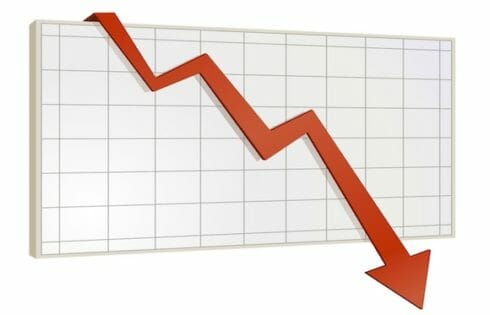Faculty members at Texas A&M University are, by and large, generating more money than they are costing the university, although some of the most prestigious professors would appear to be operating in the red, according to a controversial report prepared by the university system as a move toward greater accountability.
The report, which The Chronicle obtained through an open-records request, lists how much each faculty member in the 11-campus system generated by teaching during the 2008-9 academic year. The faculty member’s salary and estimated cost of benefits are subtracted from that amount.
The teaching revenue is calculated by adding tuition paid by students—larger classes generate more tuition dollars—and factors in the weighted value for semester credit hours of different types and levels of courses. Those weighted values are used to determine state financial support (for instance, hours spent teaching graduate courses are generally weighted more heavily than those spent teaching undergraduates).
Another column in the report shows how much faculty members generated in research grants, but that figure is not factored into the bottom-line total for each person.
The university system’s chancellor, Michael D. McKinney, wrote in a memorandum accompanying the report to the Board of Regents that the system’s campuses are generally efficient. “The reports show that the faculty at each university generate revenue in excess of their payroll costs,” he wrote.
Read the full story at the Chronicle of Higher Education.
Like The College Fix on Facebook / Follow us on Twitter





Please join the conversation about our stories on Facebook, Twitter, Instagram, Reddit, MeWe, Rumble, Gab, Minds and Gettr.